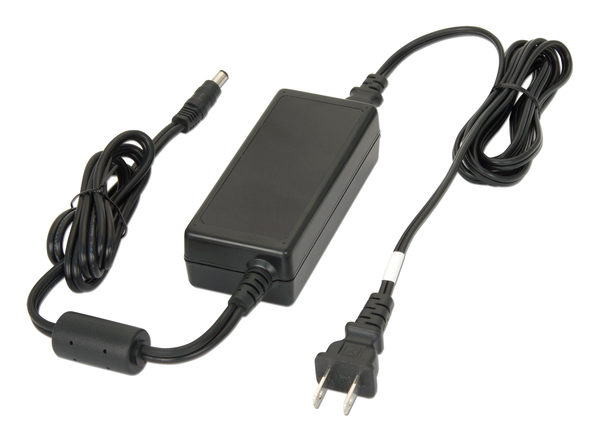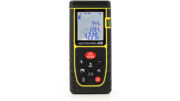If you’re like me, you keep every power brick, wall wart and adapter you’ve ever had, even if you’ve long since tossed the device that it plugs into. After all, you think, they come in handy in a pinch. Look, I don’t blame you. Replacements can be expensive and they’re never there when you need them. But keep in mind, there’s a lot more going on with a power adapter than just whether or not the plug fits. Two power adapters that look the same can be very different, and that difference can mean that either your equipment works great, or it sends out sparks and smokes and that’s the end of that.
There are three important things you need to know about a power adapter besides whether or not it fits in the hole you’re trying to fill. Let’s take a look:
Voltage
Voltage is often defined as a the “pressure” part of energy, if you think of energy like water. It’s not a perfect analogy, but you don’t really need to understand voltage to be able to know if you’re using the right amount. Every power adapter will give its output in volts and amps (I’ll get to amps in a minute) and those numbers should match up fairly closely to what the device is asking for. If too much voltage is supplied, it can create heat within the device, but if too little is supplied, the device may not function at all. Usually, voltage doesn’t have to be exact. If your device is asking for 5 volts, you can usually give it 3 or 7, but I wouldn’t give it 20.
Amperage
Amperage, or amps, is a measure of the total electric current being put out. In other words it’s “how much juice.” This is important because the amount of “juice” is what is going to really cause problems. I can tell you that I’ve personally taken a jolt of 20,000 volts, but the amperage was quite low so while it didn’t feel great, I’m still here to tell the tale. If the amperage was higher, I would literally be toast.
Amperage in power bricks is usually measured in milliamps, or mA. Here you really need to make sure that the power adapter is pretty close to what you want it to be. Some devices will simply not draw any more power than they need but some will fry themselves if they draw too much amperage. Again, there’s a range involved and as long as the numbers are pretty close you’ll be all right.
Polarity
The other thing you need to consider is polarity. The connector may look right to you. It may even fit. But, it may have the positive end in the middle and the negative end on the outside. Your device may be looking for the opposite. There’s good news here, though. In most cases if you have the polarity wrong, you’ll get a predictable result. Your device won’t work. No sparks, no flames, just… nothing.
Often times, there will be a little diagram showing the polarity of the connector. If not, the good news is you can try it and well, maybe it will work.
So, here’s a trick when choosing a wall wart or power brick from your vast supply. Be sure to try to match up what you need with what you have. If possible, take the volts and amps measurements from the old power brick and try to match them up. If you don’t have the old power brick, you can sometimes get a good idea of what you need. Try looking on your favorite auction site for a replacement power supply and then noting what its specs are.
Of course, if you’re looking for a power adapter for your DIRECTV or DISH product, you’ll definitely want to shop at Solid Signal for the best selection.





